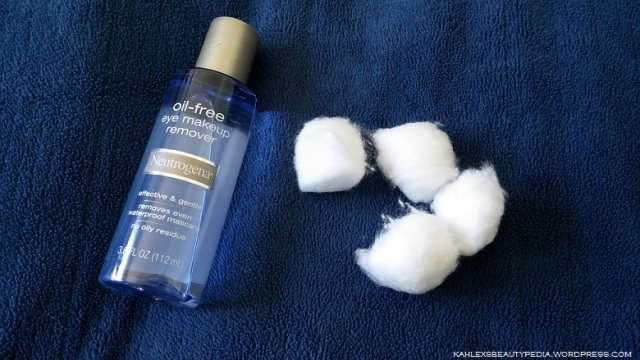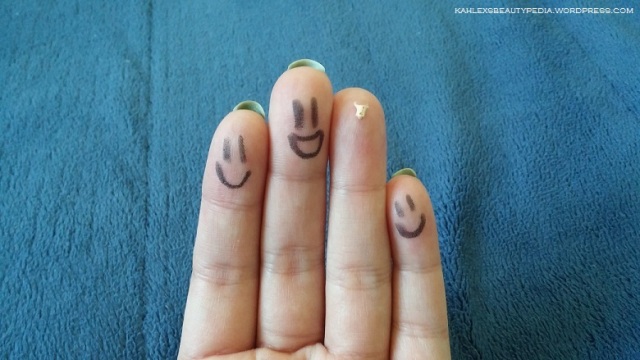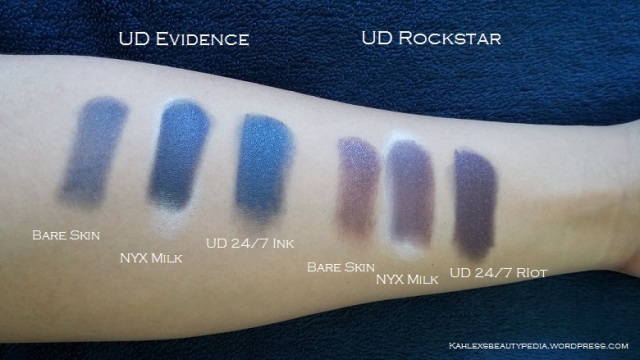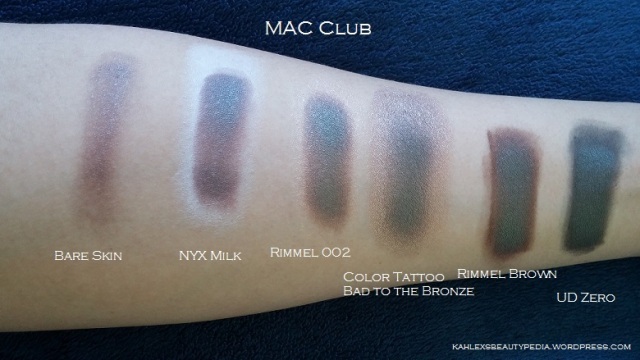“This mascara is so difficult to remove! I scrubbed at it for like five minutes and it still didn’t come off!”
“After 10 minutes I was finally able to scrub off most of my eyeliner, but there was still some left. I went to bed and it was still there in the morning, so I scrubbed my eyes some more.”
“I had such a hard time removing my mascara! I scrubbed off like half my eyelashes!”
I really hope I’m not the only one who looks like they’re having a stroke when they see or hear people typing or saying these kinds of things:
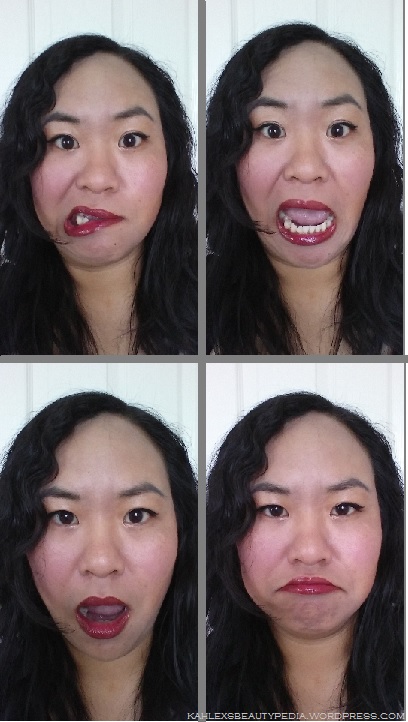
You can attribute this to either a blood clot in my brain or to shock and horror. Usually I try to avoid looking like an idiot on the internet, but this is for a good cause.
Your eye area is delicate. The skin is thinner than it is on the rest of your face. Scrubbing can result in lost lashes, wrinkles, and eye irritation. VERY BAD. DON’T DO IT. Use my method instead! I promise that it will remove your eye makeup without scrubbing! Cross my heart and hope to die.
You will need two things:
- Makeup remover (use anything that doesn’t irritate your eyes; you can also use cold cream, cleansing lotion/balm, petroleum jelly [commonly known as Vaseline], or oils, such as mineral oil, olive oil, or coconut oil, but patch test to make sure it doesn’t break you out or irritate your skin/eyes)
- Cotton balls or pads
Follow this simple process:
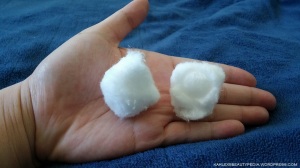
Dry cotton ball (left) and cotton ball with remover (right). Trying to show about how much I use. The entire visible surface of the cotton ball on the right is covered with makeup remover.
- If you are using a makeup remover, you probably have to shake it to mix the two liquids. Get a good amount of makeup remover on your cotton ball/pad. Don’t just get it in one spot; I like to cover the entire side in makeup remover. I prefer cotton balls because you can get more product on them without the liquid soaking through. If you’re using petroleum jelly, cold cream, a cleansing lotion/balm, or coconut oil, which is solid at room temperature, you want to just apply it directly instead so that your body heat can melt it. Alternatively, if you choose to use one of those eye makeup remover pads, just take one of those out. In my experience, though, those pads don’t tend to be quite wet enough (i.e. not enough remover).
- Put the cotton ball/pad directly onto your closed eyelid. If you are using coconut oil, cold cream, or a cleansing lotion/balm, you want to spread it out so it covers the entire area you want to clean (all over your eye area; keep your eyes closed) and just leave it sitting there. You can also just apply oils directly to your eyelids, but I prefer to use cotton balls so it’s less messy.
- Hold it there for about 10 seconds. Removing eye makeup is not like erasing white boards (i.e. removers are not magic potions that instantly take off eye makeup). The remover needs some time to dissolve your eye makeup, particularly stubborn mascara.
- Wipe downward gently. DO NOT SCRUB AT YOUR DELICATE EYE AREA. Scrubbing can result in wrinkles, eye irritation, and lost lashes, as previously mentioned. Also, you don’t want to feel any pulling or tugging. You want to be very, very gentle with your eye area.
- If there is still eye makeup remaining, hold the cotton ball/pad on your closed eyelid for about another 10 seconds, then wipe downward gently again. Repeat until your eye area is clean of any makeup. You may need another cotton ball/pad or to add more remover to your current cotton ball/pad for particularly stubborn eye makeup.
- You may have some mascara remaining on the bottoms of your lashes. You can place your cotton ball underneath them and swipe upward gently.
- If there is some oily residue, take a clean cotton ball/pad to (gently) wipe or dab off the residue. Alternatively, wash your face to get rid of the oily residue (you have to wash your face anyway to get the rest of your makeup off, right?).
If you find that this still isn’t removing everything, you may consider switching removers. Some are more effective than others.
What if I get something in my eyes?
No big deal. Your vision might get a little blurry, your eyes may water (your eyes naturally do this to wash away anything that gets into them), or your eyes may even sting, but it will not harm your eyes. However, I always keep my eyes shut pretty tightly during eye makeup removal. Just because it’s not harmful doesn’t mean I want it to get into my eyes.
Wait, I can use oil to remove my makeup?
You sure can! But make sure that the oil(s) is/are organic, cold- or expeller- pressed, extra virgin (you don’t want your oils to be even slightly slutty), and un-fragranced. Some people may experience irritation or breakouts, or be allergic to an oil, so be aware that it’s not for everyone.
I hope this is helpful! Feel free to ask questions, comment, and/or recommend your favorite removers or other methods you like to use.
